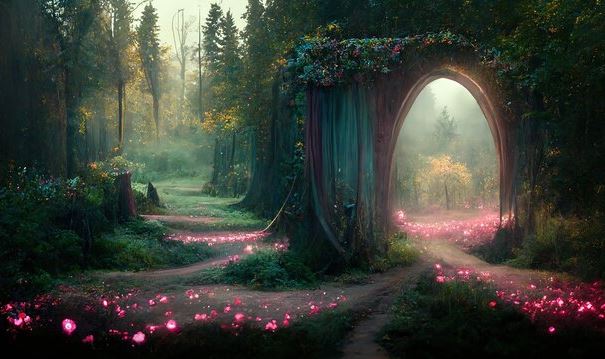
The primary texts contain depictions of violence, some of it sexualised.
Once upon a time, in a spirit of romantic nationalism, the Romantics ‘discovered’ and collected folktales as representative of the true spirit of a nation, preferably told by rural peasants to leave unsullied the spirit of the folktale. Though oral versions are often far older, with even some literary versions such as Aesop’s fables dating back to the 6th century BC, most nowadays familiar fairytales were fixed in their form by Charles Perrault in France or the Brothers Grimm in Germany, in the 17th and 18th century respectively. What these tales did, besides being entertaining on a cold winter evening, was inscribe and reinscribe social norms and mores, especially in regards to gender and sexuality. While fairytale heroes (male, of course) are strong, valiant and loyal, woman has to be beautiful and demure to succeed. The damsel in distress meets Prince Charming and with marriage all her problems are solved. These narrative patterns serve to reinforce and naturalize the patriarchy’s sway specifically over women, and thereby shore up the social order. Yet with postmodernism, the fairytale was rediscovered as medium to challenge exactly the structures it earlier reinforced.
In 1973, William Goldman published The Princess Bride, a postmodern, heavily metafictional spoof of the classic fairytale adventure story, which undermined the expectations of an audience trained on fairytales, heavily questioned traditional models of masculinity, and added new stock characters to the fantasy canon.
In 1979, Angela Carter published The Bloody Chamber, a collection of short stories based on fairytales which explicitly drew on the sexual undercurrents in Perrault’s tales to challenge their misogynistic morals.
Zoe Gilbert’s Folk of 2018, a series of connected short stories, draws heavily on fairytale language and convention to tell the tales of the people of the fictional island of Neverness, “a self-contained island ruled by its own heavy history” (Myers n.p.), an allegory for the British Isles.
All three books will make up the set texts for this course, with will examine the goals and strategies contained in postmodern fairytales and fairytale retellings.
Texts: Carter, Angela. The Bloody Chamber. Vintage, 1995. ISBN 9780099588115
Goldman, William. The Princess Bride. Bloomsbury, 1999. ISBN 9780747545187
Gilbert, Zoe. Folk. Bloomsbury, 2018. ISBN 9781408884393
- DozentIn: Anne Hess
